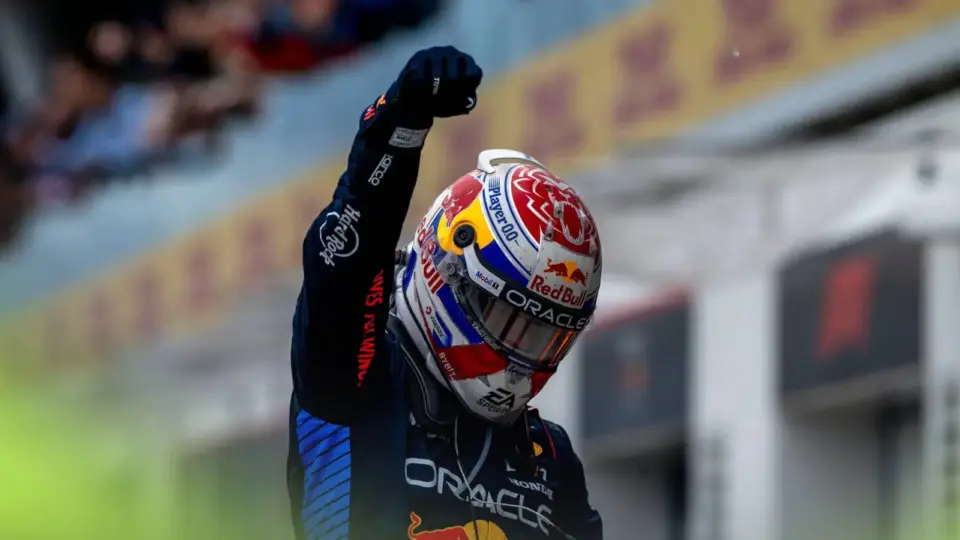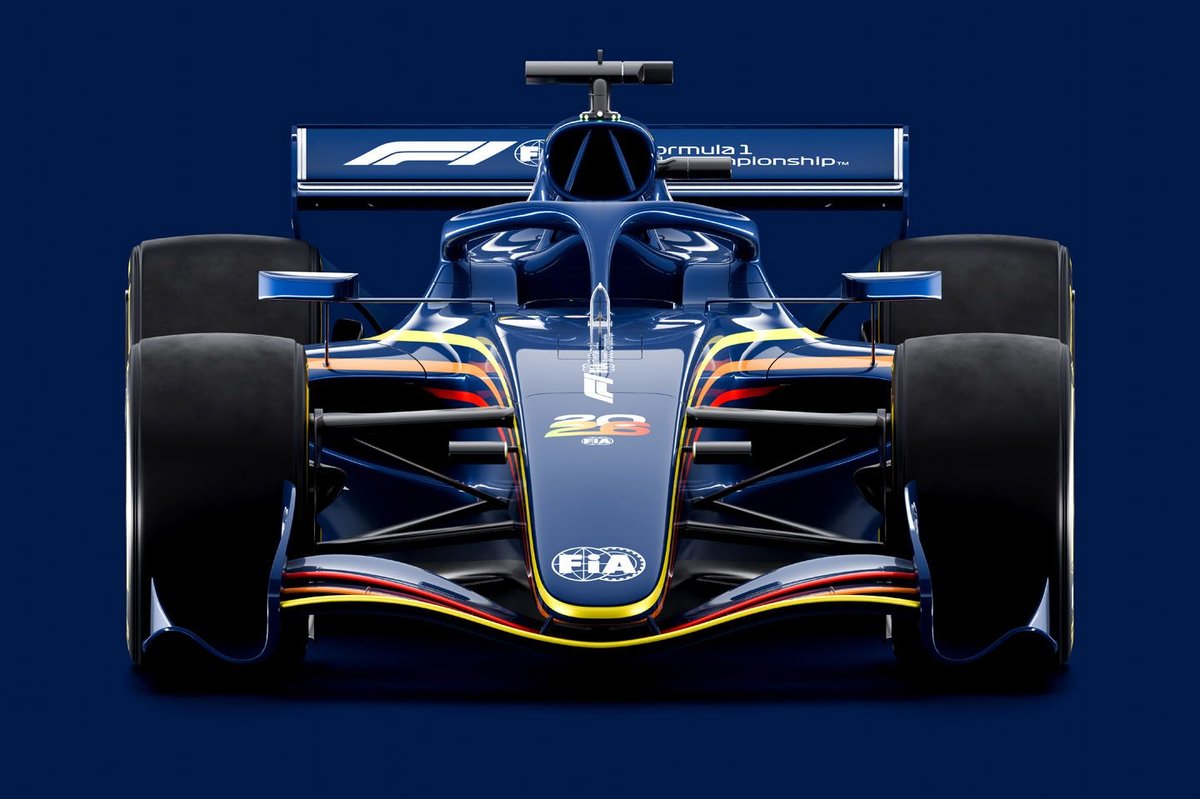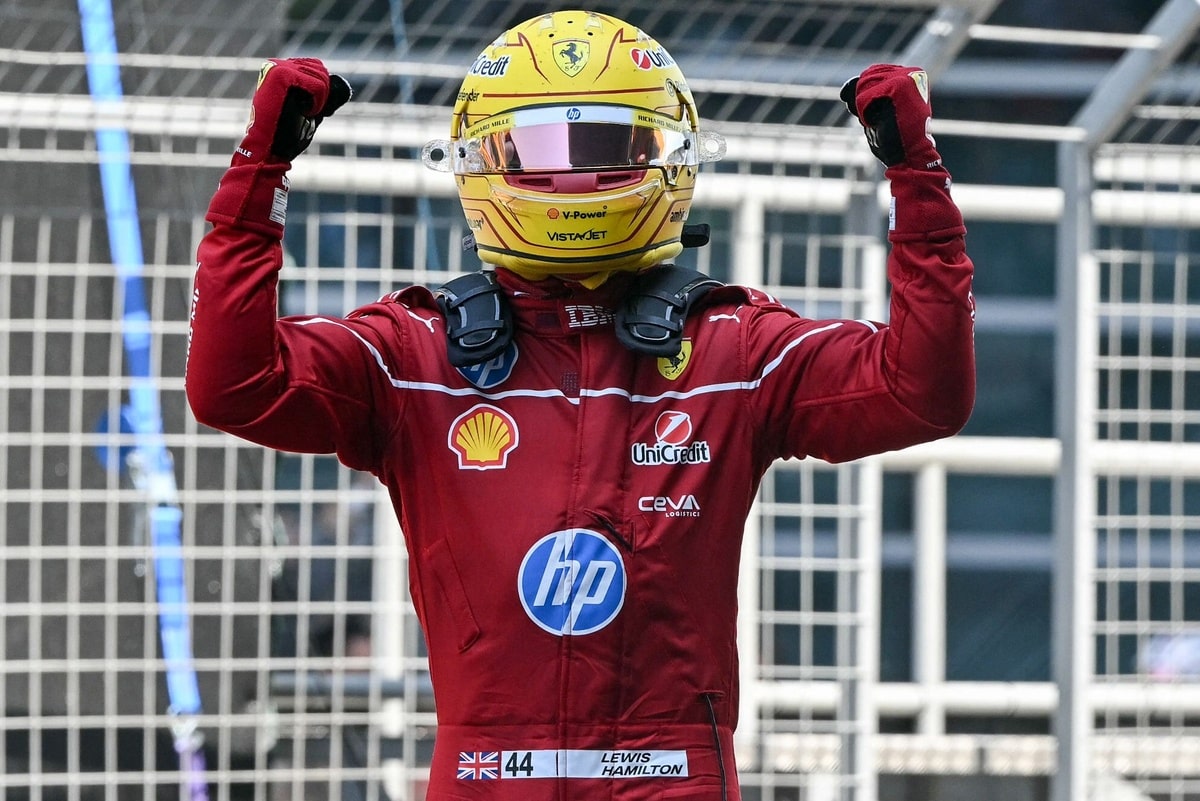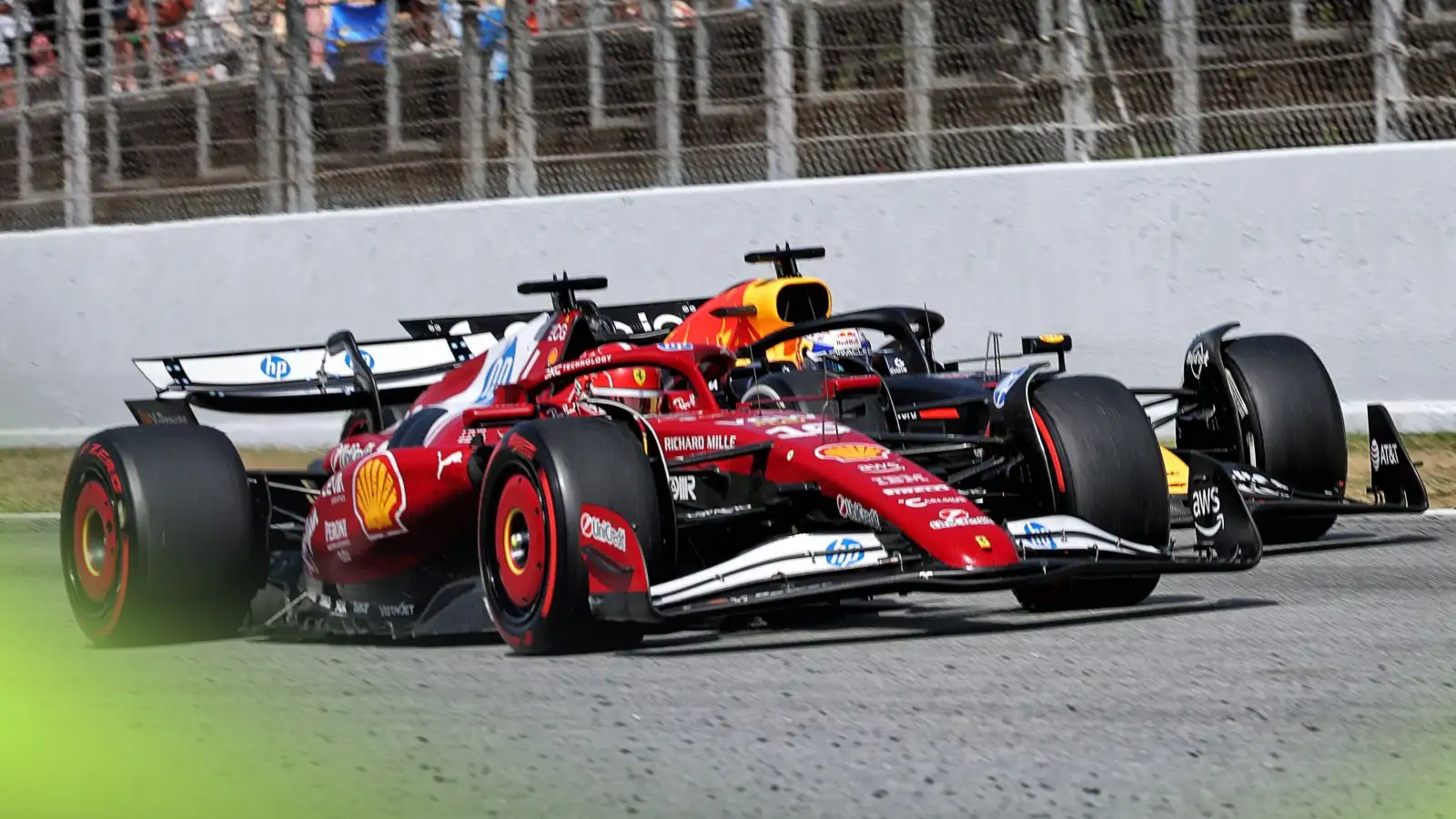The world of Formula 1 is on the brink of drastic change as it prepares for the 2026 season. Revolutionary engine and chassis regulations are set to redefine the sport. However, these new rules come with unprecedented challenges, particularly concerning vehicle speed. Toto Wolff, a prominent figure in F1, believes that these obstacles will be swiftly overcome by the ingenuity of the sport’s engineers. His optimism is grounded in the historical resilience and innovative spirit that have characterized Formula 1 for decades.
Toto Wolff’s Take on F1 2026 Challenges
Toto Wolff believes that the F1 engineers will overcome the speed challenges posed by the new 2026 regulations. The new rules aim to introduce a revolutionary engine and chassis, complicating the task ahead. Wolff is optimistic, saying, “Formula 1 has always been an innovation incubator.”
Wolff reveals that the current speed would be too low with the new engines using the existing chassis. The 2026 cars will focus on reducing aerodynamic drag, incorporating active aerodynamics for the front and rear wings. This is to ensure new power units deploy and harvest energy effectively. Wolff adds that current simulations show significant drops in lap times, in some cases by ten seconds.
However, he remains convinced that the gap will be closed swiftly once engineers focus on the new rules. “What we have at the moment is simply far too slow,” Wolff stated. He believes that the innovative spirit of Formula 1 will soon offset any initial setbacks, ensuring that the cars will become fast again.
Historical Context and New Challenges
The last major change to F1 regulations was the introduction of hybrid engines in 2014. The upcoming shift focuses on a 50/50 power split between the internal combustion engine and electric output. This shift has attracted new players to the field, like Audi and Honda, alongside mainstays like Mercedes and Ferrari.
Wolff mentions that the cars will have less drag to maintain speed on straights while keeping enough downforce for corners. This change aims to counterbalance the new engine design’s lower speeds. The chassis changes are necessary to meet these demands, despite the complexity involved.
Nikolas Tombazis from the FIA argues that using current chassis designs would be insufficient due to velocity drop-off at the end of straights. He claims the new regulations solve this issue by lowering aerodynamic drag, thus maintaining speed.
Potential Pitfalls and Solutions
Christian Horner of Red Bull had earlier called the 2026 cars ‘Frankenstein cars,’ a term highlighting his concerns about the complexity. While these fears have diminished, managing the various aspects of the rules remains challenging. Engineers must balance drag reduction and downforce.
Wolff admits that different ratios in power generation might have alleviated some issues. Yet, he acknowledges that the decision to use 100% sustainable fuels was a positive step. He also notes that it is too late to change these key elements now, saying, “But that ship has sailed.”
The new rules might lead to a performance gap among teams initially, but Wolff seems certain that the gap will close as teams adapt. He points out that F1 has always been a field of rapid innovation, making it likely that any deficits will soon be overcome.
Significance of Sustainable Technology
The emphasis on sustainable technology in the 2026 regulations is noteworthy. The shift to fully sustainable fuels aligns with broader environmental goals and road relevance. This makes the changes not just about speed but also about contributing to global sustainability initiatives.
FIA’s Tombazis explains that the focus on electrification means that the new engines will require innovative approaches to chassis design. Since electrical power cannot last as long as combustion, reducing drag is essential. This dual focus on efficiency and sustainability sets the 2026 regulations apart from previous rules.
Mercedes and other teams are optimistic about these changes despite initial concerns. The move toward sustainability is expected to attract new sponsors and partners, further pushing the boundaries of innovation in the sport.
Implications for Teams and Fans
The new 2026 regulations promise to shake up the F1 landscape. Teams will need to adapt quickly, leveraging their engineering prowess to stay competitive. Fans can expect a period of adjustment but also a renewed emphasis on innovation and sustainability.
Wolff and other leaders believe the new rules will make the sport more exciting. With the focus on sustainable technology, the sport is keeping pace with global trends. This holistic approach can broaden F1’s appeal, attracting a new generation of fans interested in both speed and sustainability.
Concerns remain about the initial performance dip, but the overall sentiment is one of optimism. The innovative spirit of Formula 1 is expected to meet these new challenges head-on, ensuring that the sport remains at the cutting edge of technology and entertainment.
Smaller and More Efficient Cars
The 2026 cars will be shorter, narrower, and lighter by about 30 kilograms compared to the current models. This reduction in size aims to improve both speed and efficiency. Active aerodynamics will help compensate for a loss in downforce, making these cars a marvel of engineering.
F1 CEO Stefano Domenicali mentions that the new regulations took into account the political climate, which once demanded total electrification. However, a balanced approach was chosen to maintain the essence of F1 while embracing sustainable technologies.
Despite complexities, the new rules aim to create a more exciting and environmentally friendly sport. The lighter and smaller chassis will allow for quicker adjustments and improvements, further pushing the boundaries of what is possible in F1.
Overall Outlook
Despite the complexities and initial concerns, the future of F1 looks promising with the 2026 regulations. The focus on sustainability and innovation promises to make the sport more exciting and relevant than ever before.
Engineers will soon turn these challenges into opportunities, making F1 cars faster and more efficient. With less drag and more sustainable fuels, the 2026 cars are poised to redefine the limits of speed and efficiency.
In summary, while there are significant hurdles to overcome with the new 2026 regulations, the spirit of innovation in Formula 1 is expected to turn these obstacles into opportunities. Both the focus on sustainability and the promise of new technologies indicate a bright future for the sport.
Toto Wolff’s confidence in the engineering community underscores the resilience and adaptability that have long defined Formula 1. Fans and teams alike have much to look forward to as the sport evolves. By 2026, we are likely to witness faster, more efficient, and environmentally friendly cars revolutionizing the tracks.
Source: Planetf1










